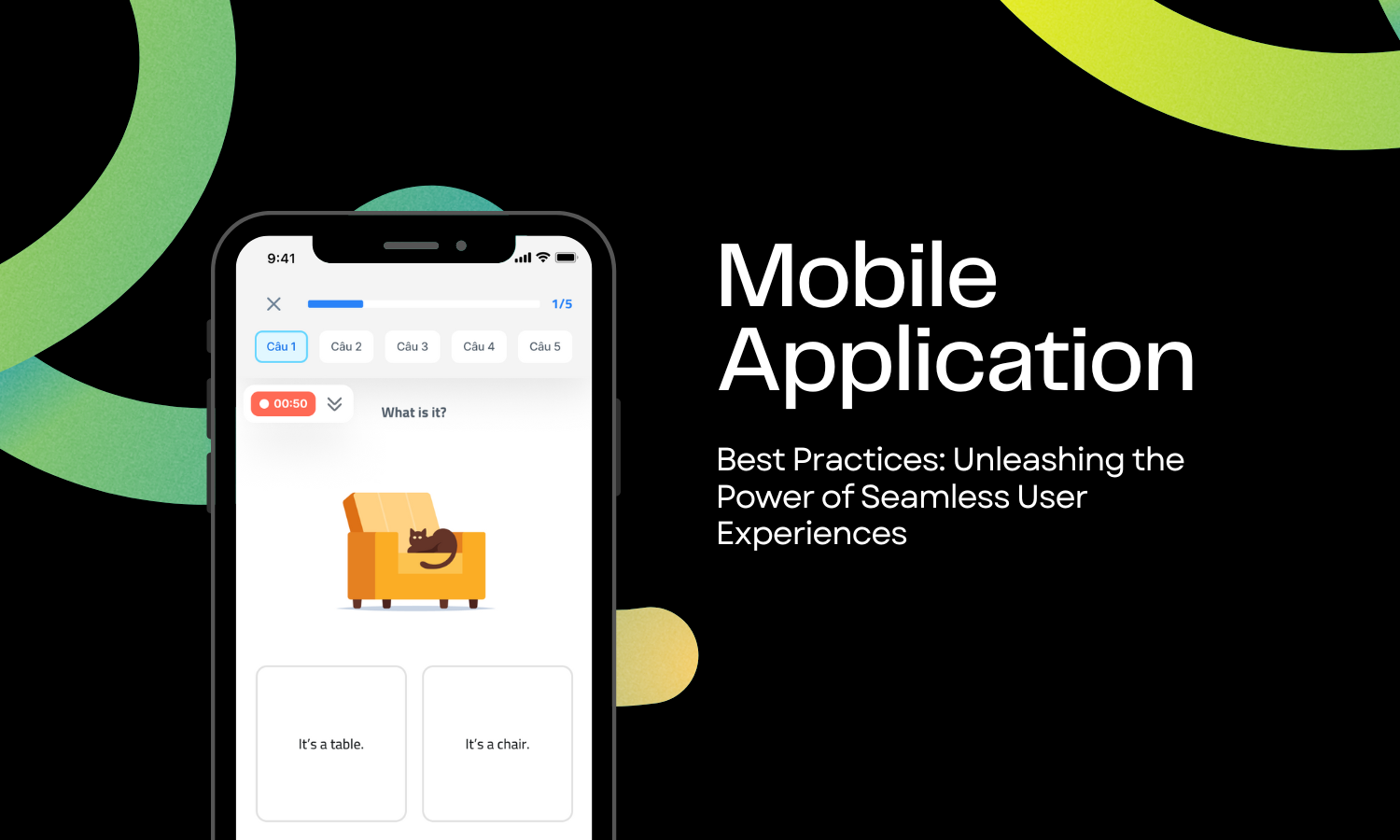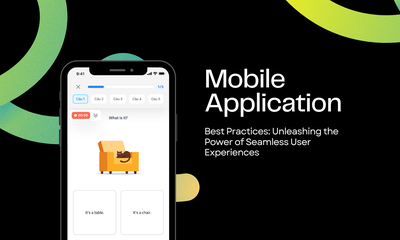By JoeVu, at: 2023年5月1日18:33
Estimated Reading Time: __READING_TIME__ minutes


By JoeVu, at: 2023年5月1日18:33
Estimated Reading Time: __READING_TIME__ minutes


